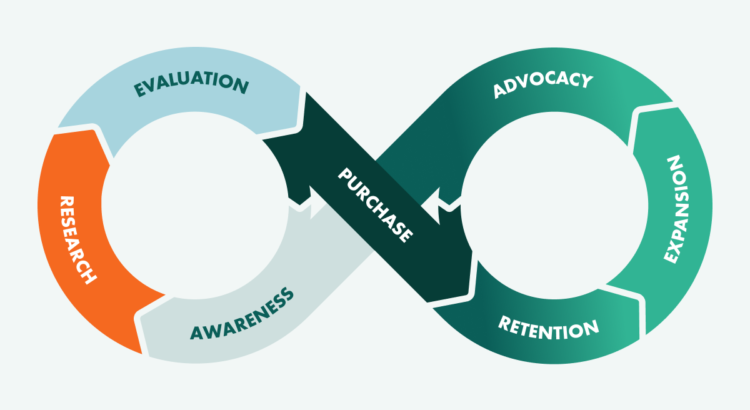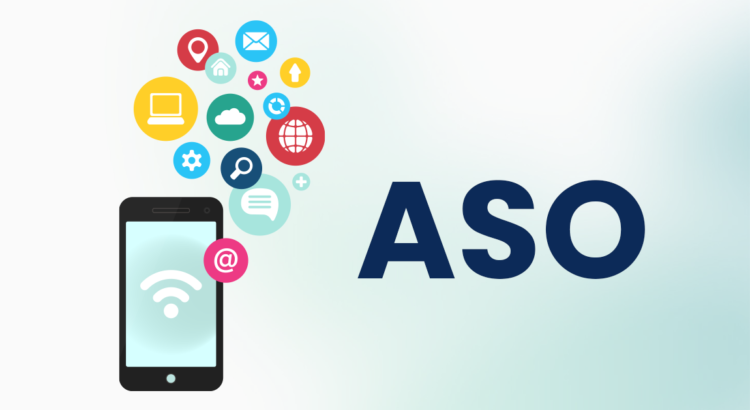In today’s crowded retail landscape, it’s no longer enough to just attract customers. The real game-changer? Getting them to return — and spend more each time they do.
That’s where loyalty programs come in.
At Razorse Software, we believe a well-crafted loyalty program is one of the most powerful tools in a retailer’s arsenal. It goes beyond just rewarding repeat purchases. It builds relationships, drives emotional engagement, and ultimately increases revenue.
Let’s explore how effective loyalty programs can boost customer spending — and how you can make yours a key growth driver.
1. Turning One-Time Shoppers into Loyal, High-Spending Customers
The biggest value of a loyalty program lies in its ability to create habits. When customers know they’ll earn rewards or perks every time they shop, it gives them a reason to keep coming back.
But the real magic happens over time. As customers return, they don’t just repeat the same behavior — they begin to explore more, buy more, and trust your brand more. This increases their average basket size and lifetime value.
A good loyalty program rewards not just purchases, but interactions — signing up, writing reviews, referrals, or even following your brand on social media. These touchpoints help customers feel more connected, and that connection drives spending.
At Razorse Software, we help businesses track and reward customer behavior across the journey, making every action part of a bigger, rewarding experience.
2. Creating a Sense of Exclusivity and Emotional Bond
People don’t just buy products — they buy into brands that make them feel special. Loyalty programs that offer exclusive access, early product launches, personalized offers, or VIP experiences tap directly into that emotion.
When a customer feels like they’re part of something exclusive, their spending patterns shift. They’re more likely to try premium products, buy more frequently, and remain loyal even when competitors offer discounts.
This emotional bond builds resilience in your customer base — even when prices go up or trends change, loyal customers stay.
With our platform at Razorse, you can build tier-based systems, birthday rewards, anniversary perks, and customized journeys that help your customers feel seen, appreciated, and invested.
3. Using Data to Drive Smarter, Personalized Offers
Modern loyalty systems do more than track points. They collect valuable data about how your customers shop — what they buy, when, and how often.
This data is gold.
By analyzing patterns, you can create personalized experiences that encourage higher spend. Think curated product recommendations, reminder emails when a customer is close to a reward, or special discounts on their most-purchased items.
The key is relevancy — showing customers what they’re already interested in, before they even ask. This level of personalization can significantly increase conversion rates and cart values.
Razorse Software integrates AI and predictive analytics into our loyalty programs to help retailers make data-backed decisions — and give customers more of what they love.
4. Encouraging Referrals and Community Advocacy
A powerful but often overlooked benefit of loyalty programs is their ability to turn customers into brand advocates.
When people love a brand, they talk about it. And if there’s a reward for doing so, they’re even more likely to spread the word. A good loyalty program can encourage users to refer friends, share purchases online, or leave positive reviews — all of which drive new traffic and reinforce the community around your brand.
And here’s the kicker — referred customers tend to have higher lifetime value and faster onboarding because they come in with built-in trust.
Our loyalty platforms at Razorse offer seamless referral tracking, shareable links, and customizable reward structures to help you build an army of loyal, high-spending customers who bring others along for the ride.
Final Thoughts: Loyalty That Pays for Itself
A well-executed loyalty program doesn’t just retain customers — it creates momentum. With each return visit, each personalized offer, and each shared experience, your brand becomes more than just a place to shop. It becomes a habit. A favorite. A go-to.
And that’s where the real growth lies.
At Razorse Software, we don’t just build loyalty programs — we build engines for revenue growth, powered by data, driven by customer insight, and designed to make every shopper feel like a VIP.
Ready to turn loyalty into your most valuable business asset?
Let’s build something unforgettable.
#RetailLoyalty #CustomerRetention #BoostRevenue #CustomerEngagement #RetailTech #LoyaltyPrograms #BrandAdvocacy #PersonalizedShopping #RepeatBusiness #RazorseSoftware #RetailGrowth





